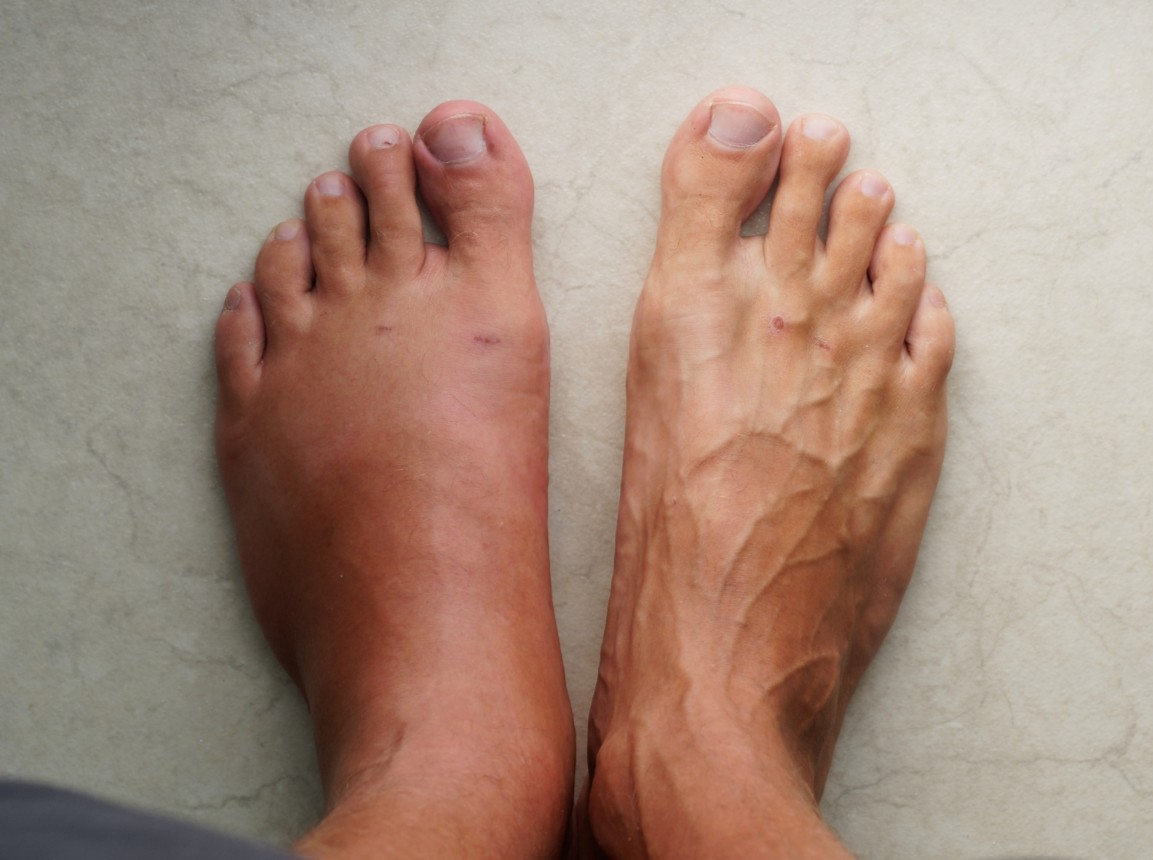

Experiencing a stroke has the potential to change the course of your health, as well as your physical abilities. The effects of a stroke can vary greatly from person to person, and if you find that your balance, movement or physical capacity in your lower limbs (feet and legs) has changed, a podiatrist can be a very valuable health professional to have on your team. Here are some facts you should know from the Stroke Foundation:
To understand why you can develop physical limitations and changes following a stroke, you have to know what a stroke is and how it affects
the brain. A stroke happens when blood flow to a specific area of the brain is restricted or disrupted. Blood normally supplies oxygen to
the brain, which is absolutely essential for the brain to work correctly and stay healthy. When the brain’s oxygen supply is reduced
or cut off, brain cells can become damaged or die, causing parts of the brain to lose their normal function.
Different areas of your brain are responsible for different functions, such as movement, senses, emotions, understanding, speech, your thought processes and everything in between. The way that a stroke will affect you will depend entirely on which part of the brain is affected and the extent of the damage. Ultimately, it can interfere with abilities like walking, speaking, eating, or even seeing, reading or sensing temperature. Tasks that you could previously perform with great ease can become very difficult and, in some cases, impossible - such as lifting your foot or pointing your toes on your own.
There are three types of strokes you can experience:
The way a stroke affects you can be so different from person to person, so it’s difficult to compare or predict the outcome. The way you can be affected depends on which parts of your brain are damaged during the stroke, and how severe that damage is. The effects can be mild to severe, and some people recover quickly, while others have more ongoing challenges. If the stroke only occurred in one half of the brain, one side of the body will likely be more affected than the other.
To offer examples of some of the effects, research has found that 73% of patients recovering from a stroke experience at least one fall within the first six months of recovery, take half as many steps as the general population, and have longer periods of sedentary behaviour in their day. The effects of a stroke can also include:
While your brain cannot ‘regenerate’ any cells lost during the stroke, physical therapy based
treatments, including podiatry, can support the brain to reorganise existing cells to help compensate for the loss
- the brain is truly amazing. This process is known as neuroplasticity, meaning that the brain can be remoulded
and reprogrammed somewhat. This can help stroke patients gain new skills while improving and re-obtaining skills they had before.
Immediately following a stroke, some areas of the brain recover on their own, and after that, changes and improvements are due to the work
done alongside health professionals that offer physical therapy support, including podiatrists, physiotherapists and occupational
therapists, among others.
Neuroplasticity has no time limit, meaning that you can help support your brain and body now, even if the stroke has occurred many years
prior. Currently, the recommendations for preventing a second stroke and reducing stroke complications include at least 30 minutes of daily
aerobic exercise. Unfortunately, it can be challenging for a person who has suffered a stroke to reap the benefits from aerobic exercise as
they may not have sufficient muscle strength to raise their heart rate, and loss of balance and coordination can also make exercising
difficult. This means that mobility, movement, lower limb function, strength, and flexibility are key treatment pathways that we focus on in
podiatry.
If you’ve suffered from a stroke, our podiatrists will do everything they can to help support your function and quality of life.
We can’t talk about strokes without discussing how you can identify one and recognise the signs so you can help someone in need. The Stroke Foundation has an acronym to help with identifying a stroke - FAST:
You can book
your appointment with us online here
or call us on 09 523 2333.

We’ve all had those days — you come home after hours on your feet, kick off your shoes, and notice your ankles look puffier than usual.
Swelling in the feet, ankles, or legs (known medically as edema) isn’t always a reason to panic. It can be as simple as a
salty lunch or a long flight.
But what if it’s happening more often — or seems to be getting worse? Swelling can sometimes be a sign of something more serious. Here’s
what could be going on and when to check in with your doctor.
.jpg)
Every year on October 8th, the world celebrates International Podiatry Day - a day dedicated to
raising awareness about foot health and the vital role that podiatrists play in our overall well-being.
Keeping your family on their feet and helping them to walk, run, play and exceed their goals is why we love getting up in the morning.
Ground Floor, One Health Building
122 Remuera Rd, Remuera
Auckland 1050, New Zealand
| MON - FRI | 7:30am – 6:30pm |
| SAT | 8:30am – 4:30pm |
| SUN | Some availability |
Make an Appointment
Online Schedule
Our virtual receptionist is available 24/7 to help with general questions, booking requests, and clinic information, even when our team is busy, or it's after hours.
Whether you're calling us or using our website, you'll get fast assistance any time of day. And if your query needs a personal touch, a member of our team will follow up as soon as possible.
If you’d like to see a podiatrist who speaks your preferred language, just give us a call and we’ll help you book.